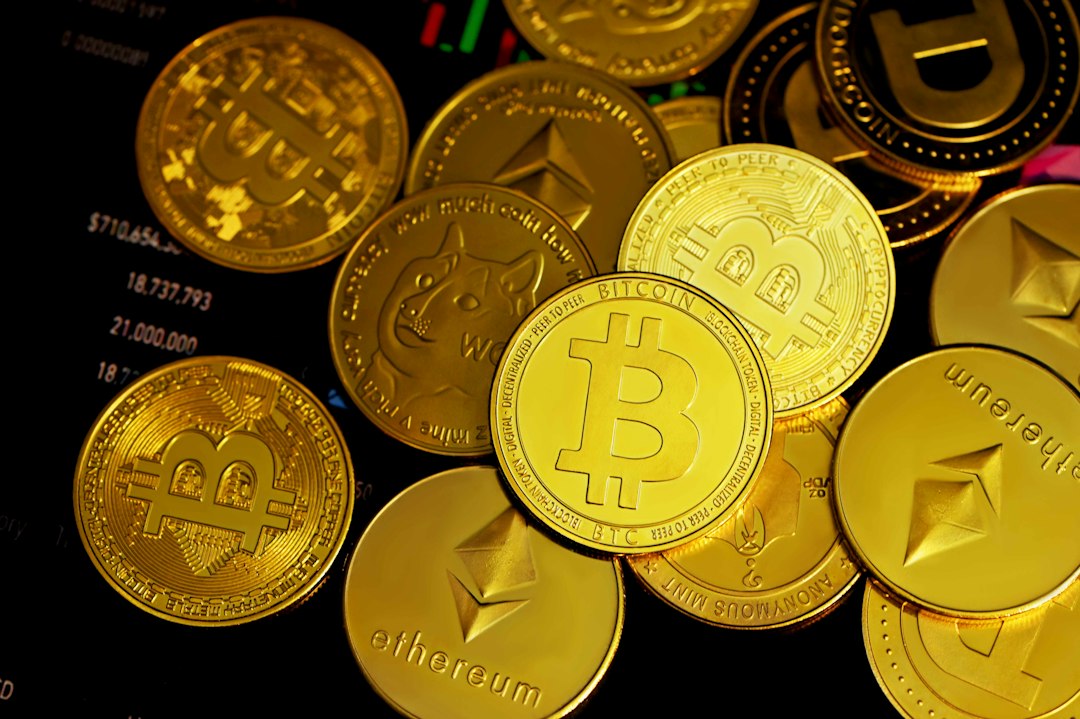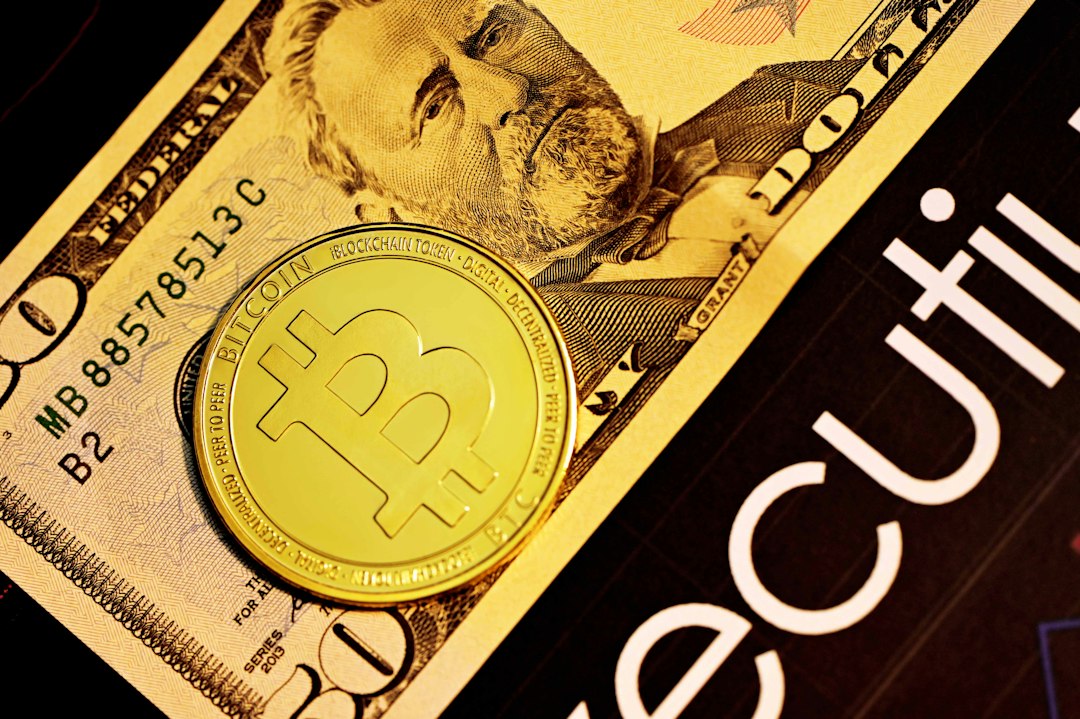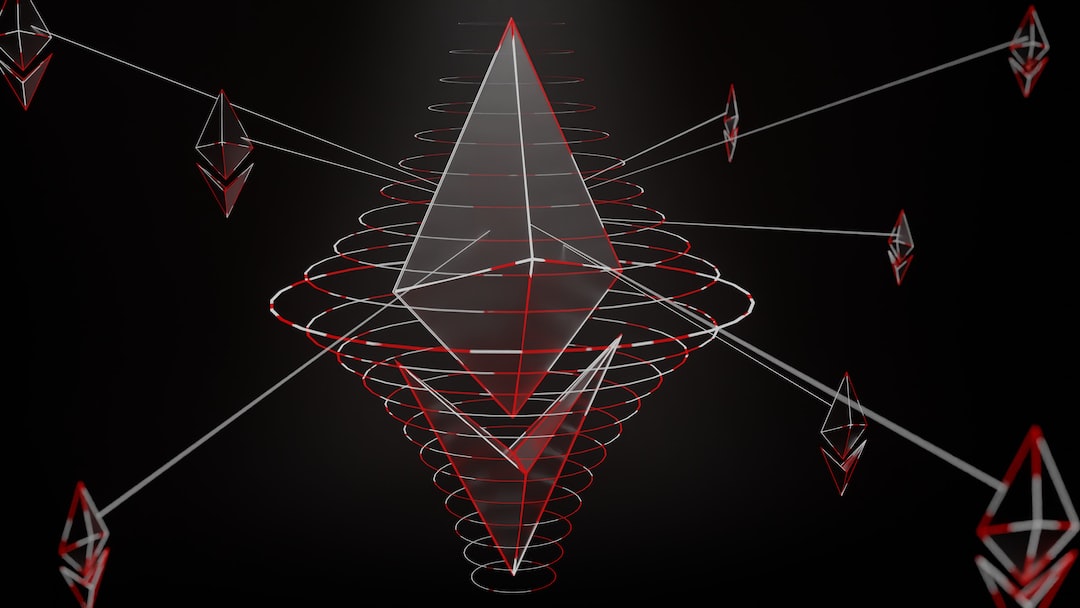Unibot Falls Victim to Crypto Hack
In the world of cryptocurrency, Unibot, a popular Telegram trading utility, has recently become one of the many victims of crypto hacks. Despite concerns, the Unibot team assures users that their keys and wallets are secure, despite a hack that exploited the bot’s “new router,” resulting in approximately $640,000 in digital currency being affected. The team has promised to fully compensate for the losses incurred.
Exploiting a Token Approval Vulnerability
This particular attack used a “token approval exploit,” which is a type of vulnerability in smart contract permissions that allows unauthorized token movements. The initial impact of the hack was around $640,000 in cryptocurrency, which was quickly converted into Ethereum by the hackers. This exploit highlights ongoing security issues within the crypto sector.
Unibot’s Value Plummets
Unibot is known for its user-friendly interface and integration with Telegram, allowing users to trade cryptocurrencies, mimic other traders, and engage in MEV-protected trades. However, following news of the exploit, Unibot’s native token experienced a significant drop in value from $57.56 to $32.94 before partially recovering to $45.7.
A Pattern of Security Breaches
The incident at Unibot is part of a larger pattern of security breaches in the cryptocurrency world. Just a week before the Unibot incident, LastPass users reported losses totaling $4.4 million in crypto due to an exploit from December. These breaches highlight persistent security challenges in the crypto space.
Cross-Chain Bridges Vulnerabilities
Cross-chain bridges in cryptocurrencies present another security weakness. For example, Exactly lending platform on the Optimism network suffered a $7 million exploit in August. Other notable bridge attacks include the Ronin bridge of Axie Infinity, which lost an estimated $622 million in March 2022, and the Wormhole exploit, where hackers stole $320 million.
THORChain’s Approach to Security
THORChain, having experienced breaches in the past, has decided to build its own security team. This has significantly reduced security exploits recently, making it one of the most secure cross-chain bridge solutions currently available.
The Need for Improved Security Measures
These events highlight the ongoing vulnerabilities within the crypto industry as it aims for mainstream adoption. The Unibot hack serves as a reminder of the continuous need for enhanced security measures in the digital asset space, especially in light of high-profile breaches and their significant financial impacts.
Bitcoin’s Lightning Network Vulnerability
A key developer and security researcher for the Lightning Network (LN), Bitcoin’s layer-2 scaling solution, recently disclosed a significant new vulnerability. This flaw affects the funds within LN’s channels through “replacement cycling attacks.” These attacks target the Hash Time Lock Contracts (HTLC), which are critical components of LN’s operational mechanism.
The developer proposed certain mitigations against these attacks but expressed uncertainty about their effectiveness in preventing malicious activities exploiting this vulnerability. In response to this revelation, the developer announced stepping back from LN development tasks involving security issues at the protocol level. This highlights concerns over the security and robustness of blockchain structures and calls for a reevaluation of current development and security strategies.
Hot Take: Ensuring Security in Cryptocurrency
The recent hack on Unibot and vulnerability within Bitcoin’s Lightning Network emphasize the urgent need for improved security measures in the cryptocurrency industry. These incidents demonstrate that even well-known platforms and solutions are not immune to attacks. To foster mainstream adoption, it is crucial for developers and stakeholders to prioritize security at every level, from smart contracts to cross-chain bridges. The crypto industry must invest in robust security strategies, continuous monitoring, and quick response protocols to protect users’ assets and maintain trust in the digital asset space.





 By
By
 By
By


 By
By
 By
By